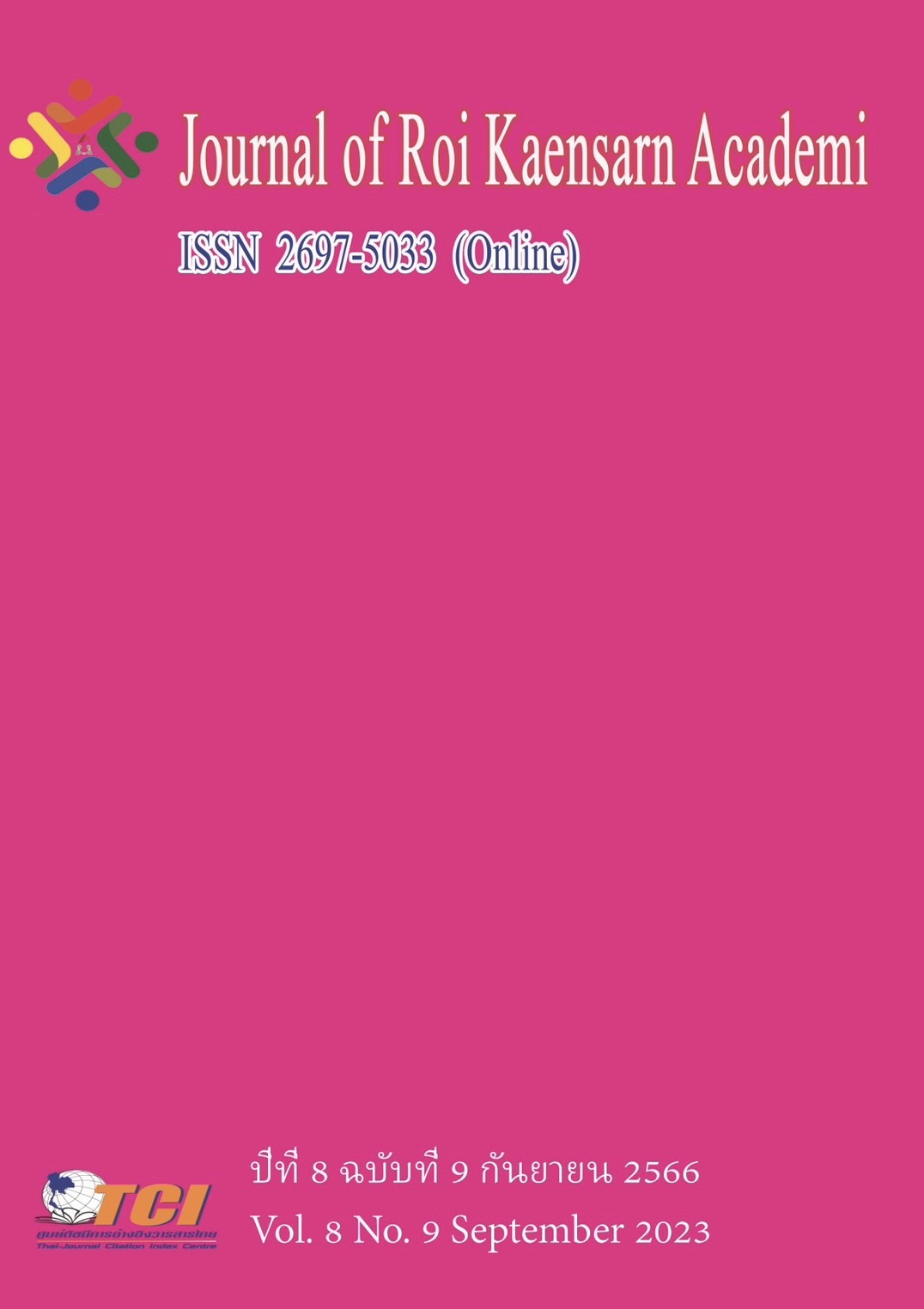The Academic Administrator Leadership of the School of Foreign Languages in Higher Education under Hunan Province
Main Article Content
บทคัดย่อ
The objectives of this research were: (1) to explore the components of Academic Administrator Leadership of the School of Foreign Languages in Higher Education under Hunan Province (2) to verify the Academic Administrator Leadership model of the School of Foreign Languages in Higher Education under Hunan Province. And (3) to propose managerial guidelines to improve the Academic Administrator Leadership of the School of Foreign Languages in Higher Education under Hunan Province.
The research method was a mixed method, including qualitative research and quantitative research. The sample was 316 administrators and instructors, with stratified random sampling method. The researcher determined sample size with Krejcie and Morgan's table (1970 : 607–610.), and obtained by the stratified random sampling technique. The 9 key informants are mainly included President or Deans, Program directors, academic leaders and main principals of department management under Hunan Institute of Information Technology obtained by purposive sampling method. The instruments used for data collection were semi-structured interview form, five-point rating scale questionnaires and Connoisseurship discussion form. The response rate of questionnaires was 100%. Statistics used for data analysis included frequency, percentage, mean, Standard Deviation, Confirmatory Factor Analysis (CFA), and content analysis was employed.
Research findings were: (1) There were five components and 23 key variables of the Academic Administrator Leadership model of the School of Foreign Languages in Higher Education under Hunan Province, which consisted of 1) Establishing clear academic goals 2) Academic focus of the Academic Administrator Leadership 3) Managing the Instructional Program 4) Team Management (Staff) and 5); Organizing a good school atmosphere (2) Model validation of five components were founded and model fit with empirical data for all indicators. And; (3) There were total 49 sub-managerial guidelines of the Academic Administrator Leadership of the School of Foreign Languages.
Article Details
เอกสารอ้างอิง
Bie, D., & Li, J. (2014). The characteristics and functions of faculty development center. Fudan Education Forum, 12 (4), 41-47.
BIE, Dunrong . (2016) . Zur grundlegenden Logik der popularisierenden Hochschulbildung (Puji Hua Gaodeng Jiaoyu De Jiben Luoji) . Hochschulbildungsforschung Chinas (Zhongguo Gaojiao Yanjiu) 3, 31- 42 . Bok, Derek .
Endale F. Tadesse.(2022).Integrated Leadership for Coherence School Improvement at Public Primary Schools in Addis Ababa, Ethiopia.https://kns.cnki.net/KCMS/detail/ detail. aspx?dbname=CDFDLAST2023&filename=1022667307.nh
George Tijo & Raghavendra A. N..(2022).The Impact of Emotionally Intelligent Academic Leadership on Faculty Members: Evidence from the Education System of India. Acta Universitatis Sapientiae, Economics and Business(1). doi:10.2478/AUSEB-2022-0011.
Krejcie, R. V., & Morgan, D. W. (1970). Determining sample size for research activities. Educational and Psychological Measurement, 30 (3), 607–610.
Ministry of Education of People’s Republic of China (2022, February 8).Retrieved om http://www.moe.gov.cn/jyb_xwfb/gzdt_gzdt/202202/t20220208_597666.html
Song, Z. (2022). Academic Leadership Construction of interdisciplinary organizations in Chinese universities. Higher Education in China (09),50-52.
Wang, S. (2021). A report on the development of college foreign language education. Shanghai: Shanghai Foreign Language Education Press.
Yao, P. (2022). Based on national strategy and serving regional economy: Innovation and practice of multilingual applied talents training mode. Teacher. (6), 108-110.

